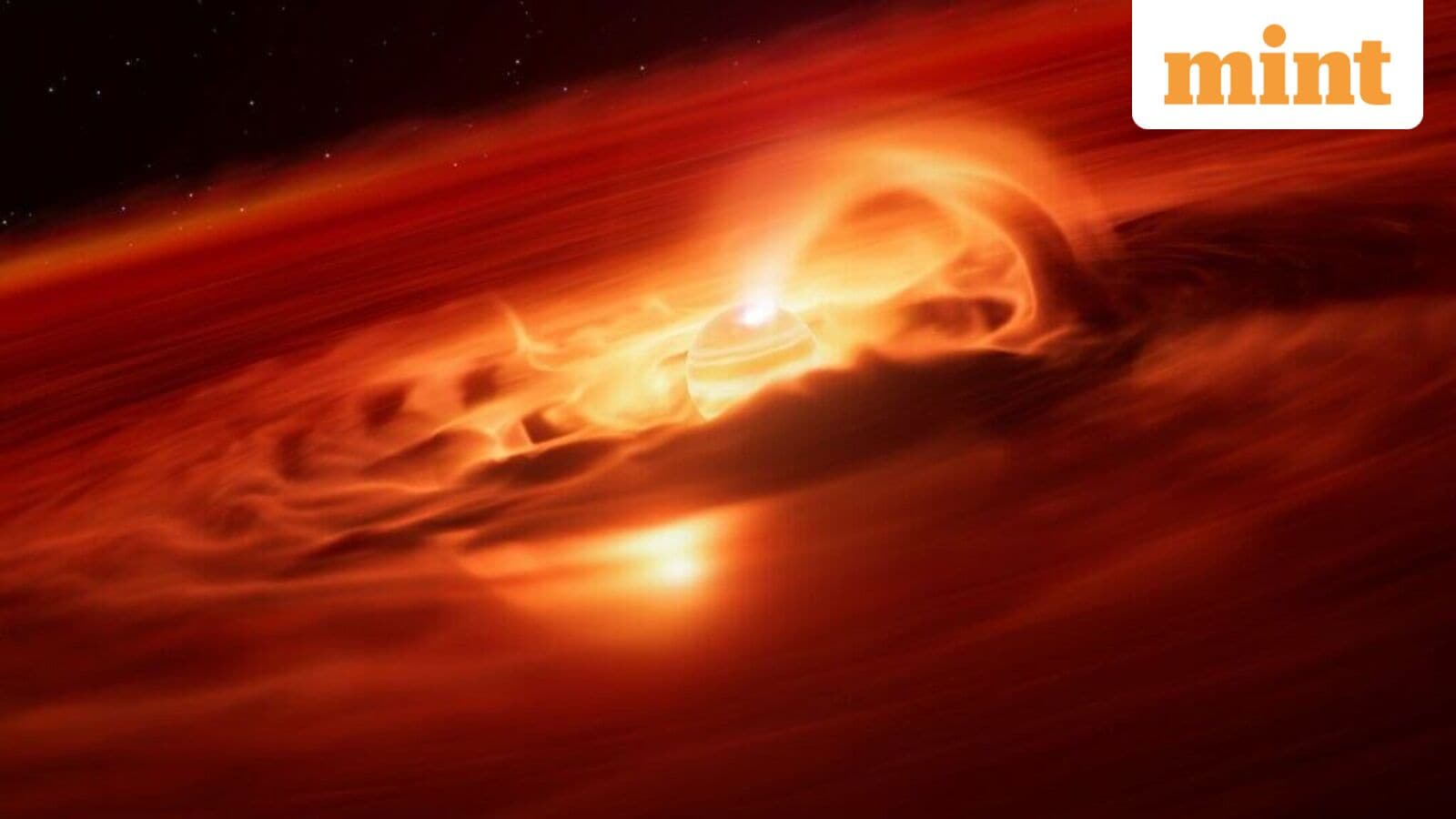There’s no dearth of strange phenomena in the cosmos, and in a recent discovery, scientists have spotted a mysterious ‘rogue planet’ gobbling up a mind-boggling six billion tonnes of gas and dust every second, the strongest ever growth-rate recorded for a celestial body of this kind.
The rogue planet in question, officially called Cha 1107-7626, was observed by the European Southern Observatory (ESO) some 620 light years away from the Earth in the constellation of Chamaeleon.
Described by scientists as an object “still in its infancy”, with an age of one to two million years, Cha 1107-7626 is already 10 times the mass of Jupiter, and is not only growing, but growing at an unprecedented rate that opens up many questions.
Also Read | Scientists gear up for close-up look at interstellar visitor 3I/ATLAS
For the uninitiated, stars and planets grow through a fundamental astrophysical process called accretion, wherein gravity pulls gas, dust, and other matter to form large objects.
While stars are born in nebulae—enormous clouds of gas in space that serve as stellar nurseries—planets form in protoplanetary disks of gas, dust and matter that surround newly-formed stars.
Typically, stars have much higher accretion rates than planets, which is why Cha 1107-7626 has scientists astonished.
Also Read | SpaceX Starship gears up for 11th flight: Objectives of the test; where to watch
The lead author of the study on Cha 1107-7626, Victor Almendros-Abad said in a statement that the accretion rate currently being displayed by the rogue planet is the “strongest accretion episode ever recorded for a planetary-mass object”, while his co-author Belina Damian said that the body’s behavior “blurs the line between stars and planets”.
Beyond Cha 1107-7626’s gigantic appetite, the study authors also noted behaviours previously observed in stars, but never in planets: namely, they found magnetic activity playing a role in driving matter towards the rogue planet, and also found water vapour in the accretion disk during its binge-eating episode.
Another author of the study, Ray Jayawardhana of Johns Hopkins University told CBS that the discovery implied “that some objects comparable to giant planets form the way stars do, from contracting clouds of gas and dust accompanied by discs of their own, and they go through growth episodes just like newborn stars.”
That said, scientists still expect Cha 1107-7626 to eventually have characteristics similar to other massive planets such as Jupiter-like ‘Jovians’ and or even more massive ‘Super-Jovians’.’
But, what are rogue planets?
Unlike typical planets (in the Solar System) or exoplanets (outside the Solar System), which we understand to have stable orbits around host stars, rogue planets are bodies without a stellar host, and wander freely through the universe, untethered.
“Their origin remains an open question: are they the lowest-mass objects formed like stars, or giant planets ejected from their birth systems?,” astronomer Alexander Scholz, also one of the co-authors of the study on Cha 1107-7626 told AFP, explaining why these objects have scientists intrigued.
Estimates suggest that there could be trillions of rogue planets in the Milky Way alone, but spotting is tricky, given that they drift in endless darkness.
